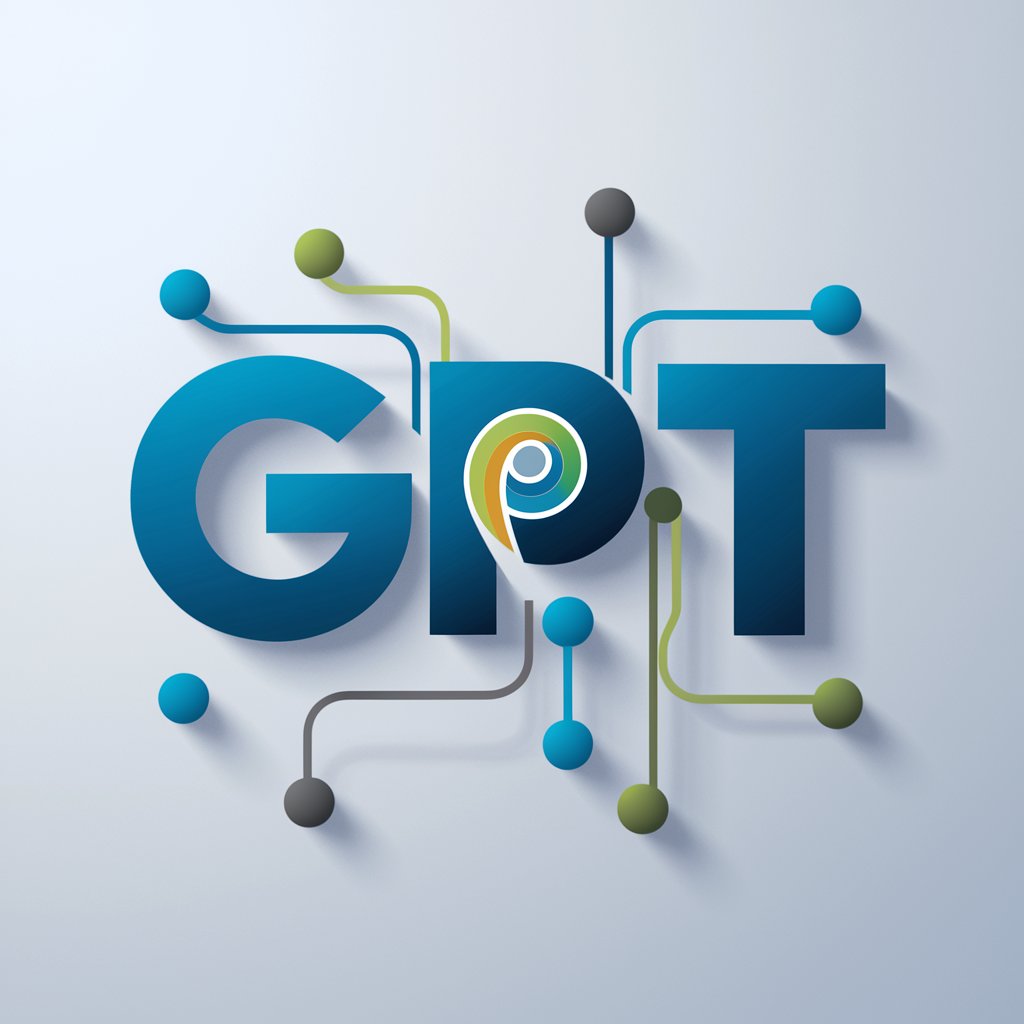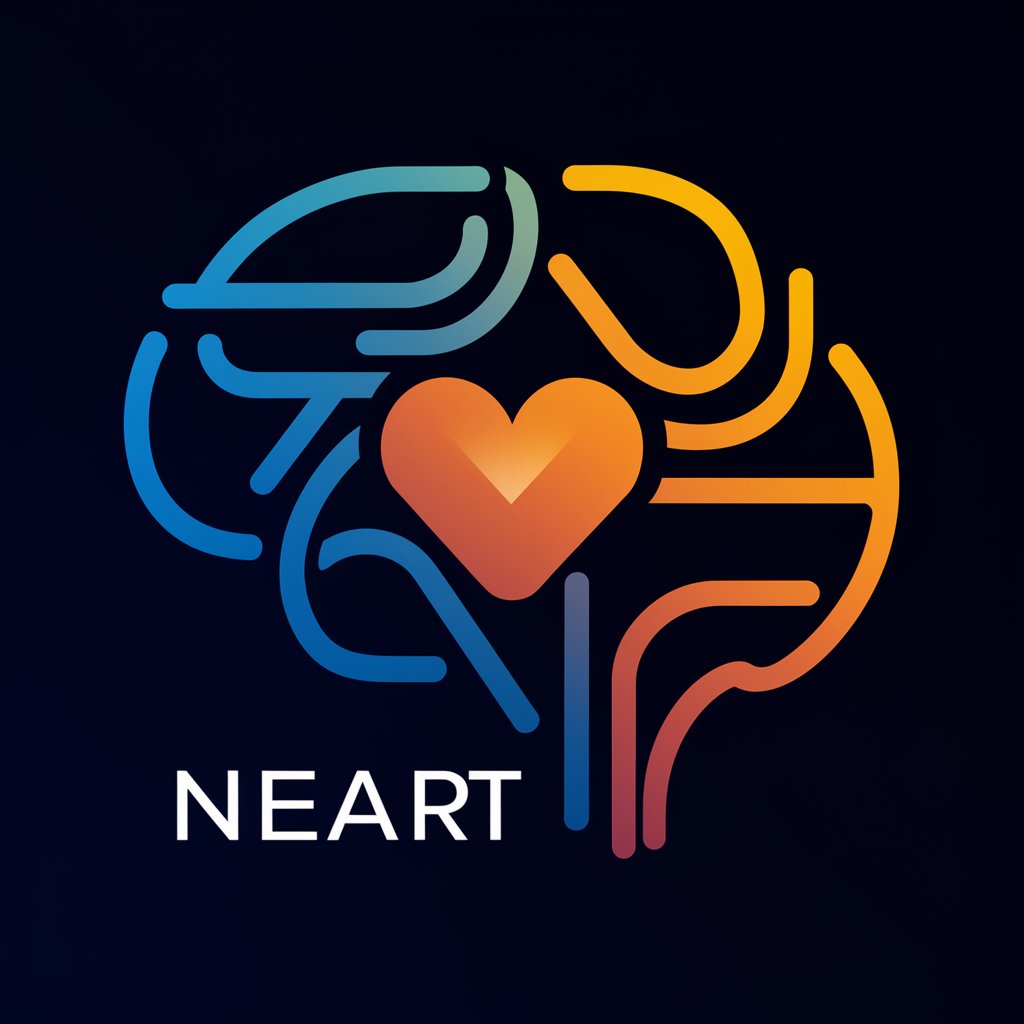
GPT for SEO: Mastering Topic Clusters - SEO-Powered Content Organization

Welcome! Let's optimize your SEO with powerful topic clusters.
Elevate SEO with AI-Driven Topic Clusters
Generate a detailed content plan for the main topic of 'SEO Strategies' including related subtopics...
Describe how internal linking can enhance SEO performance for a website focused on 'digital marketing'...
Create an outline for a topic cluster around 'content marketing' with suggested keywords for each subtopic...
Explain the importance of topic clusters in organizing content for a blog focused on 'e-commerce trends'...
Get Embed Code
Introduction to GPT for SEO: Mastering Topic Clusters
GPT for SEO: Mastering Topic Clusters is designed to optimize content creation and organization for search engine optimization (SEO) through the use of topic clusters. Topic clusters are groups of content that revolve around a main theme (the 'pillar' content) linked to related subtopics (cluster content), which explore aspects of the main theme in more detail. This structure improves site navigation, makes content more discoverable, and enhances the authority of a website on specific subjects, which in turn boosts search engine rankings. For example, a website focusing on 'Sustainable Living' might have a main pillar page about sustainable living practices, with cluster content covering subtopics like eco-friendly products, renewable energy, and zero waste tips. This not only aids users in finding comprehensive information but also signals to search engines the website's focus and expertise on the topic. Powered by ChatGPT-4o。

Main Functions of GPT for SEO: Mastering Topic Clusters
Content Creation
Example
Creating detailed blog posts on 'Eco-Friendly Home Appliances' as a subtopic of the 'Sustainable Living' main topic.
Scenario
A content creator inputs the main topic and related subtopics into the system. The system then generates comprehensive, SEO-optimized content for each subtopic, ensuring relevance and promoting internal linking to the main topic.
Internal Linking Guidance
Example
Suggesting specific anchor texts and target URLs for linking within the content to strengthen the topic cluster.
Scenario
The system analyzes the content and suggests where to insert internal links, choosing the most relevant anchor texts that boost SEO and user experience. For instance, in a post about 'Renewable Energy Options', it might suggest linking the phrase 'benefits of solar energy' to a main pillar page about 'Sustainable Living'.
Interlinking Among Subtopics
Example
Recommending links between different subtopic contents, like from 'Zero Waste Tips' to 'Eco-Friendly Products'.
Scenario
After generating content for multiple subtopics, the system identifies opportunities for interlinking them based on content relevance and keyword alignment, facilitating a cohesive content ecosystem that enhances topical authority.
Content Updating
Example
Refreshing existing content based on new insights or trends, such as updating an article on 'Sustainable Fashion' to include the latest eco-friendly materials.
Scenario
Users can periodically update the GPT system with new information or trends in their industry. The system then identifies existing content that needs updating, ensuring the information remains current and relevant.
Ideal Users of GPT for SEO: Mastering Topic Clusters
Digital Marketers
Digital marketers who aim to enhance their brand's online visibility and search engine rankings would find this tool invaluable. By creating cohesive and comprehensive content clusters, they can target broader keyword groups and attract more qualified traffic.
SEO Specialists
SEO specialists focused on improving site structure and content relevance to boost page rankings on search engines would benefit from the tool's ability to automate and optimize the creation of topic clusters, ensuring each piece of content contributes to the site's overall SEO strategy.
Content Creators and Writers
Writers and content creators looking for guidance on how to structure their content and integrate SEO best practices into their work would appreciate the tool's capabilities in generating topic ideas, creating content outlines, and suggesting internal and interlinking strategies.
Small Business Owners
Small business owners seeking to establish their brand's authority in a niche market would find the tool's structured approach to content creation and organization especially beneficial, as it helps them efficiently target their desired audience with relevant and authoritative content.

Using GPT for SEO: Mastering Topic Clusters
Begin with a Trial
Start by accessing a complimentary trial at yeschat.ai, no login or ChatGPT Plus subscription necessary.
Define Your Main Topic
Identify a broad topic relevant to your audience and business. This will serve as the cornerstone for your topic cluster strategy.
Identify Subtopics
List related subtopics that provide depth and breadth to your main topic. Use keyword research tools to ensure these subtopics are search-demand driven.
Create Content
Develop comprehensive, high-quality content for each subtopic, making sure it's informative and engaging for your target audience.
Implement Internal Linking
Strategically link between your main topic and subtopics, as well as among the subtopics themselves, to enhance SEO and user navigation.
Try other advanced and practical GPTs
Synology GPT
AI-powered Synology Assistance

Chat with President George Washington
Engage with America's First President

EthicalAI
Transforming Text for Fair Treatment

Private Cloud Creator PRO GPT
Empower your private cloud with AI

Water Quality Analyst
Empowering water quality analysis with AI.

Groundwater Guardian Tutor
AI-powered Groundwater Contamination Insight

Kubernetes Guru
AI-Powered Kubernetes Expertise

Topic Authority Planner - Seonable
Elevate Your Content with AI-Powered SEO Planning

Kubernater
Optimize Kubernetes deployments effortlessly.

Dream like a child, you are allowed
Unleash Creativity with AI-Powered Imagination

EmotionalGPT
Explore AI's Emotional Depth

THE CONVERTER
Transforming text and data with AI power

FAQs on GPT for SEO: Mastering Topic Clusters
What are topic clusters?
Topic clusters are a method of organizing content where a single 'pillar' page acts as the main hub of content for an overarching topic, and multiple content pages related to the same topic link back to the pillar page and each other. This structure boosts SEO by grouping closely related content, helping search engines understand the relationship between them.
How does GPT help in creating topic clusters?
GPT assists in identifying relevant subtopics within a broad topic, generates comprehensive content for each subtopic, suggests internal linking strategies, and helps keep the content up to date, ensuring the entire cluster remains relevant and effective for SEO.
Can GPT suggest keywords for my topic cluster?
Yes, GPT can suggest keywords by analyzing the main topic and related subtopics, leveraging large datasets to identify terms and phrases that are likely to drive traffic and improve SEO.
How often should I update my topic clusters?
Content within topic clusters should be reviewed and potentially updated every 3 to 6 months to ensure it remains accurate, relevant, and competitive in search engine rankings.
Can GPT help with internal and external linking strategies?
Absolutely, GPT can recommend internal linking among the main topic and subtopics and suggest authoritative external sources to link to, enhancing your site's credibility and SEO performance.